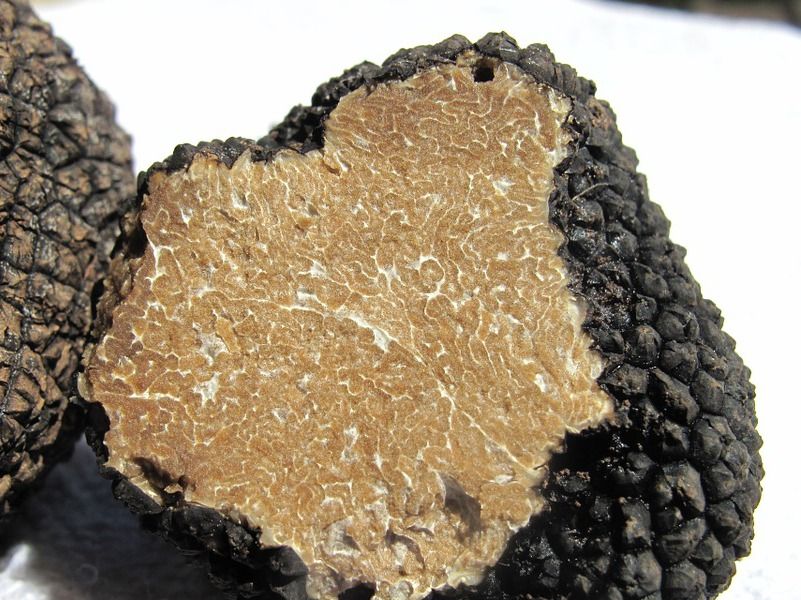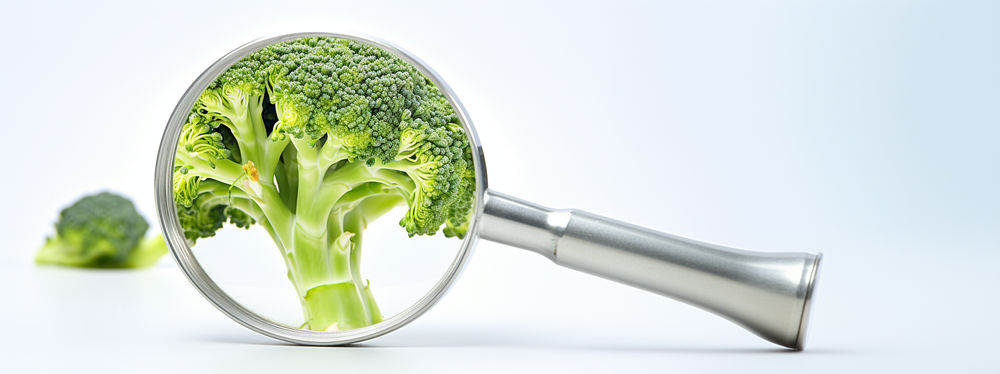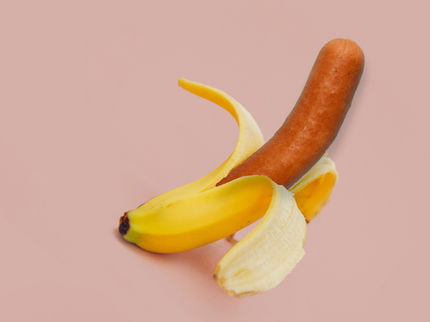University of Hohenheim develops counterfeit-proof food profiles
Advertisement
Chinese Truffles, which allegedly come from France, alleged outdoor tomatoes, which come from the greenhouse: A team from the University of Hohenheim in Stuttgart is now hoping to use new analytical methods to refute false statements such as these. The methods are intended to provide accurate information on geographical origin, growing conditions and the type of food. The Federal Ministry of Food and Agriculture (BMEL) is funding the University of Hohenheim project with a total of 275,000 euros.

symbol image
WikiImages/ Pixabay
"The modern food counterfeiter is educated and studied, he knows the scene and the investigation methods of the food inspectors," is how Prof. Dr. Walter Vetter from the Institute of Food Chemistry characterizes the counterfeiter of today.
But trade and consumers want security. "This also increases the desire for reliable data on the origin and composition of food."
For its research, the team chose truffles and walnuts from various countries around the world. "The prerequisite for the project was that we could really rely on the suppliers' indications of origin. We succeeded best with truffles and walnuts," explains Prof. Dr. Vetter.
Another advantage: "Truffles are low in fat, walnuts are high in fat, so we cover a wide range with these two."
Chemical details provide information on the origin of plant food
In the joint scientific project involving academic partner institutions and companies, the University of Hohenheim project is investigating three methods.
The so-called isotope analysis allows precise information on the origin of a plant by determining the composition of the carbon, nitrogen and hydrogen isotopes in the plants. In experiments, Prof. Dr. Vetter's team was able to detect the difference between an open-air pepper and a greenhouse pepper, for example.
"Using a further method, lipid analysis, we hope to analyse the fatty acids and sterols (biochemically important components of the cell membrane) of the respective foods in greater detail," explains Prof. Dr. Vetter. Sterols are contained in the fat content of plants. The determination of the sterol pattern makes it possible, for example, to distinguish a culinary worthless China truffle from a French gourmet truffle.
The third method is elemental analysis. This allows the minerals in the plants to be determined. They provide information about the soil on which the plants have grown, as the minerals also pass from the soil into the plant as it grows. The minerals can be used, for example, to prove that a plant has not grown on the soil of a particular region and to say, for example, whether it really comes from regional agriculture or not.
The biggest challenge in the project: "Together with our research partners, we now want to combine the different methods with one another.
It would also be interesting to extend the research to further and compound foods through a follow-up project. Two possible candidates: Truffle butter and walnut ice cream.
BACKGROUND: Food Profiling
The COMPETENCE NETWORK FOOD PROFILING (CNFP) is a joint scientific project of academic partner institutions and business enterprises. Over a period of three years, it will receive a total of EUR 3.4 million in funding from the Federal Ministry of Food and Agriculture (BMEL). The focus is on developments in the field of instrumental analytics for the authentication of foodstuffs.
BACKGROUND: Participating research partners
The Hamburg School of Food Science is in charge of the project. Among other things, genome-based studies, for example on the determination of botanical identity, are carried out. The Leibniz Institute for Food Systems Biology at the Technical University of Munich is also involved. The Centre for Bioinformatics at the University of Tübingen is developing the software for processing and analysing the data. Furthermore, companies are involved which examine the transfer of the procedures into the economy.
Note: This article has been translated using a computer system without human intervention. LUMITOS offers these automatic translations to present a wider range of current news. Since this article has been translated with automatic translation, it is possible that it contains errors in vocabulary, syntax or grammar. The original article in German can be found here.
Other news from the department science
Most read news
More news from our other portals
See the theme worlds for related content
Topic world Food safety
Food safety is at the heart of the food and beverage industry. It ensures that the food we eat every day is not only nutritious, but also free of harmful contaminants. From field to plate, the industry monitors and regulates every step of the process with strict quality controls, advanced testing methods and continuous research.

Topic world Food safety
Food safety is at the heart of the food and beverage industry. It ensures that the food we eat every day is not only nutritious, but also free of harmful contaminants. From field to plate, the industry monitors and regulates every step of the process with strict quality controls, advanced testing methods and continuous research.





















































